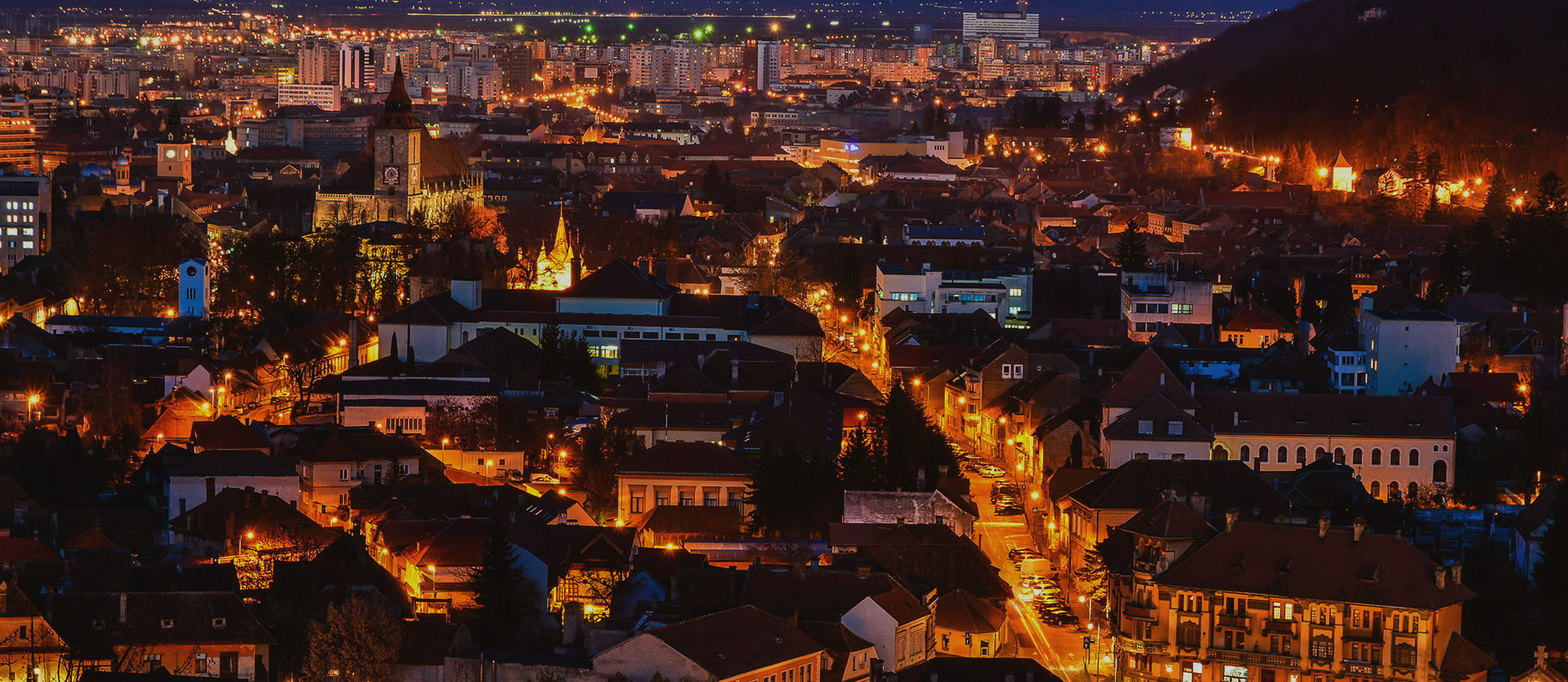La ubicación del Golden Time Hotel es una de las principales atracciones de la ciudad. Encontrándose en unas de las áreas más conocidas de la ciudad, el hotel tiene un valor agregado, es decir, proporciona fácil acceso para escapar del caos de vida diaria y para refugiarse en la localidad de montaña más famosa de Rumania.
Brasov: Su Destino
Cuando la mayor parte de los viajantes piensan en Rumania, la idea que pronto viene a la mente es la de las leyendas decantadas sobre la región de la Transilvania, con Dracula como personaje protagonista y de los vampiros. Por tanto es Brasov, una ciudad de par en par renovada en el corazón de los montes Cárpatos, la primera grande parada en el país bajo el punto de vista turístico.
Brasov está considerada entre una de las localidades mejor conservada en toda Europa. La ciudad ha sido restaurada para la delicia de un número considerable de turistas de rápido crecimiento a través de un proceso de rehabilitación de los monumentos antiguos, para ejemplo iglesias, fachadas, bastiones.
Así que Brasov ha ganado la posición de una entre las ciudades más amadas en el campo turístico para pasar el tiempo libre.
Muchos eventos están organizado aquí (Medieval Festival, Oktoberfest, Junii Festival) y estos representan las leyendas y los mitos sobre la ciudad. El Castillo de Bran está relacionado a la leyenda de Dracula, mientras el Palacio de la ciudad de Sinaia tiene los cuartos oficiales de la familia real y es un punto simbólico de atracción turística.
Antes de planificar una excursión en la maravillosa Brasov, una pequeña investigación sería la manera mejor para descubrir como pasar el tiempo en la ciudad. Por eso hemos trabajado para Ustedes: aquí están las principales atracciones.

Atracciones en los Alrededores
- Blacksmiths' Bastion (5km)
- Brasov Fortress (5km)
- The Black Church (5km)
- Catherine's Gate (5km)
- Drapers' Bastion (5km)
- Furriers' Bastion (5km)
- Graft Bastion (5km)
- Gallery-Art Museum (5km)
- Hirscher House (5km)
- Muresenilor House (5km)
- Neolog Synagogue (5km)
- Reduta House (5km)
- Rope Street (5km)
- Ropemakers' Bastion (5km)
- Saint Martin Church (5km)
- Saint Nicholas Church (5km)
- Schei Gate (5km)
- The Black Tower (5km)
- The Catholic Church (5km)
- The Council Square (5km)
- The County Library (5km)
- The First Romanian School (5km)
- The Honterus House (5km)
- The Honterus School (5km)
- The Museum of Ethnography (5km)
- The St. Bartholomew Evangelical Church (6km)
- The Theater (5km)
- The White Tower (6km)
- Weavers' Bastion (5km)
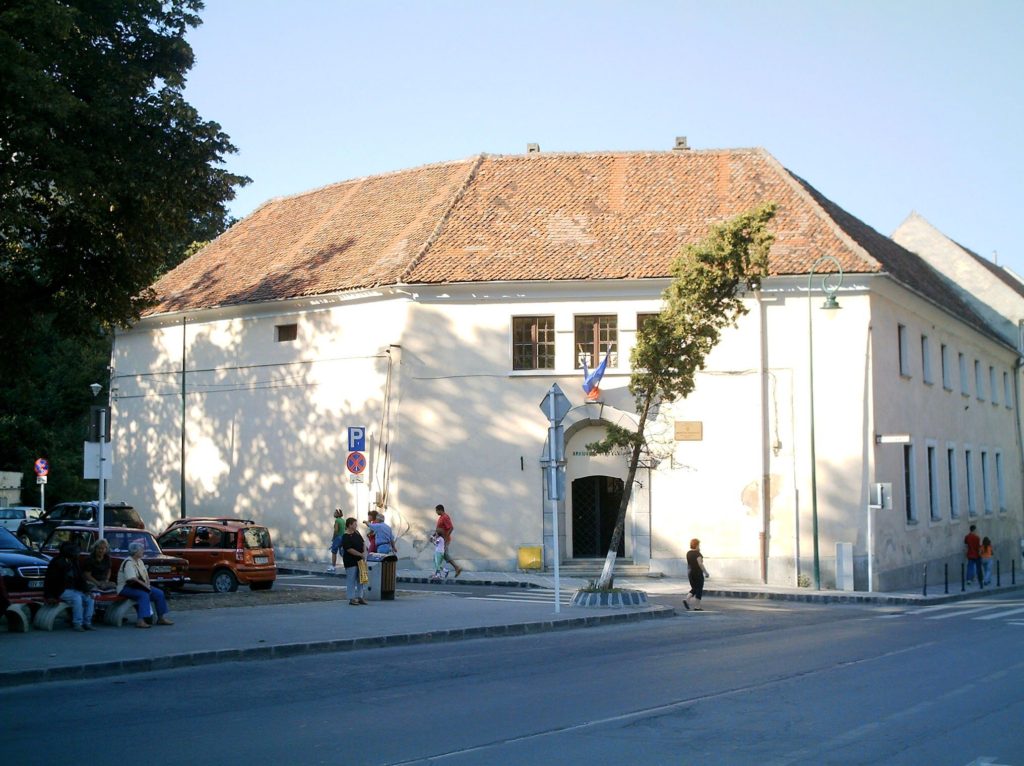
An unkept building stood on this place as early as 1521. It was twice damaged by floods, first in 1526 than after reconstruction, in 1667. 21 yeas later, in 1668, it was devastated by the Great Fire. Amongst the many valuable documents, the earliest letter written in Romanian is also preserved here, a rhymed letter written in 1521 by merchant Neacsu of Campulung.
Transportation: Type: taxi, Duration: 10 min, Cost: 3 EUR
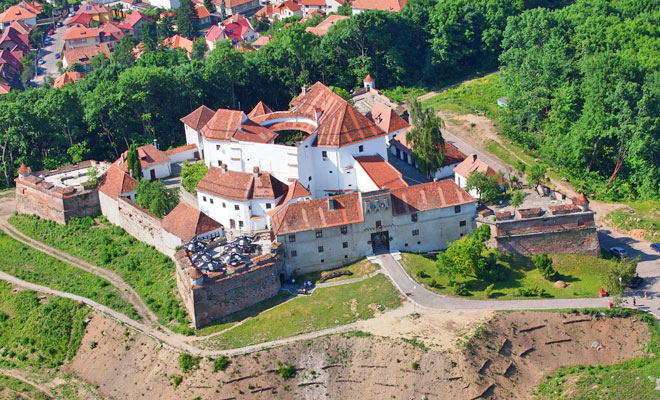
In 1524 a semi-circle tower was built here, and then the place was surrounded by a wall. In 1625 the 81m deep well was rebuilt in the inside yard. The square fortress, whith Italian bastions on its corners and watchtowers, has got one entrance.
Transportation: Type: taxi, Duration: 10 min, Cost: 3 EUR
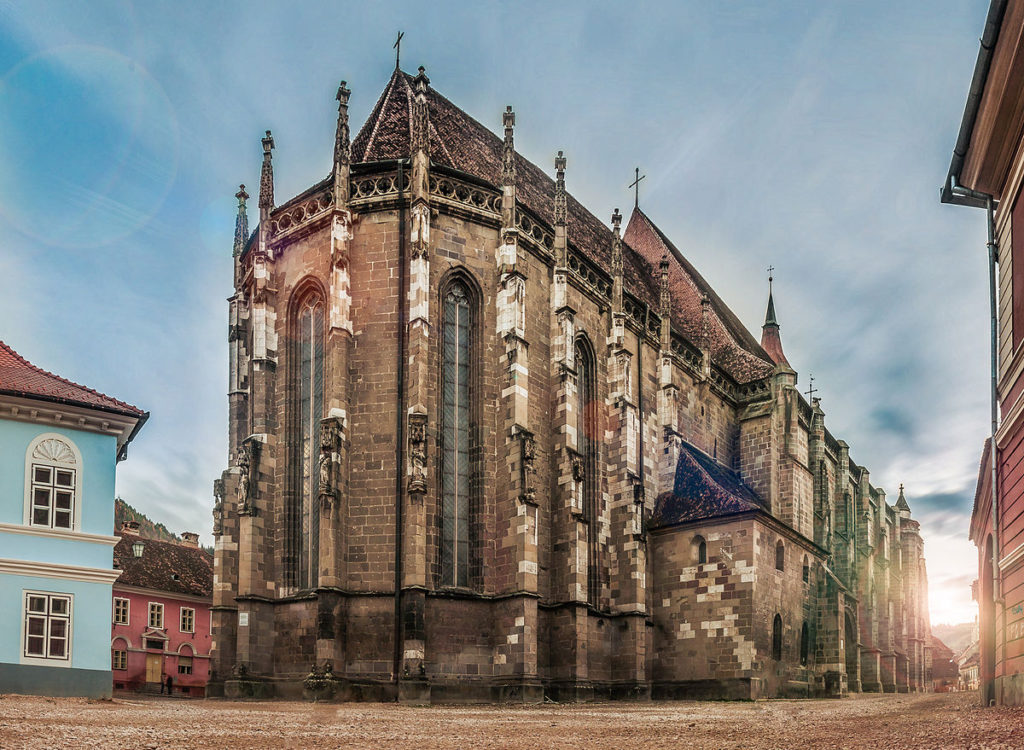
The imposing building in the centre of Brasov was built during the 14-15th century. The construction started in 1383. The proportions of the Gothic Church laid out on the construction plan were huge: 89m long, 38m wide and 42m high.
Transportation: Type: taxi, Duration: 10 min, Cost: 3 EUR
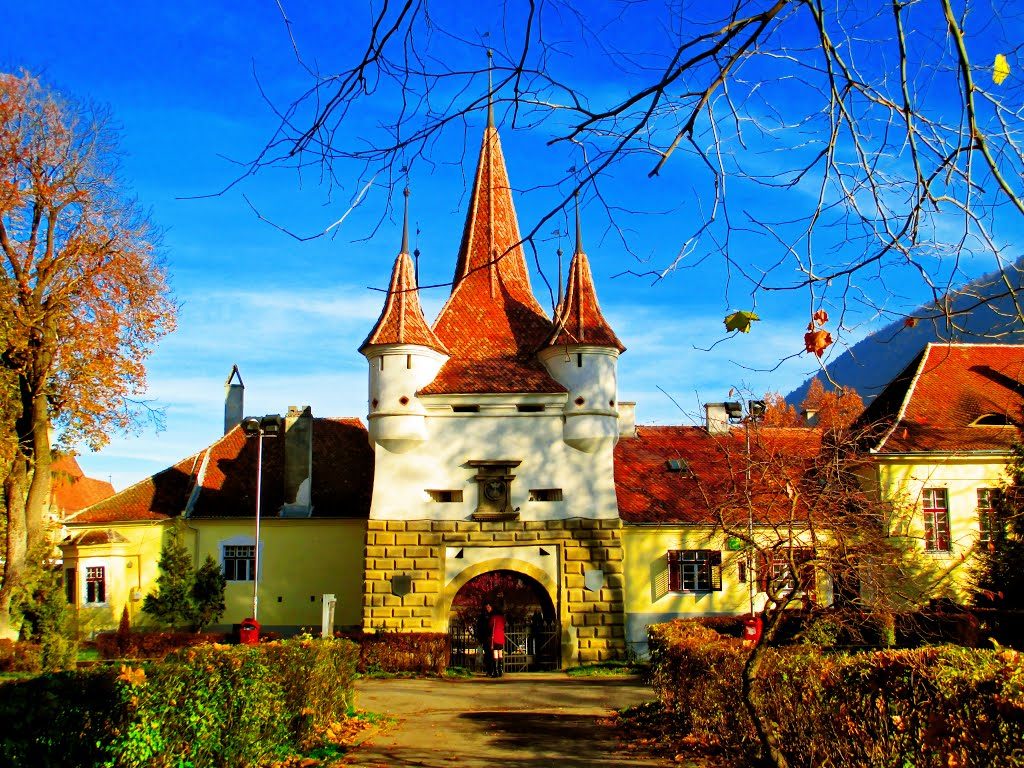
Katalin’s Gate, one of the oldest gates in town but undeniably the most beautiful is still preserved in its original state. In the course of history it used to be known under several names: Felso (Upper) gate, Corpus Christi and Saint Catherine, which is used today.
Transportation: Type: taxi, Duration: 10 min, Cost: 3 EUR
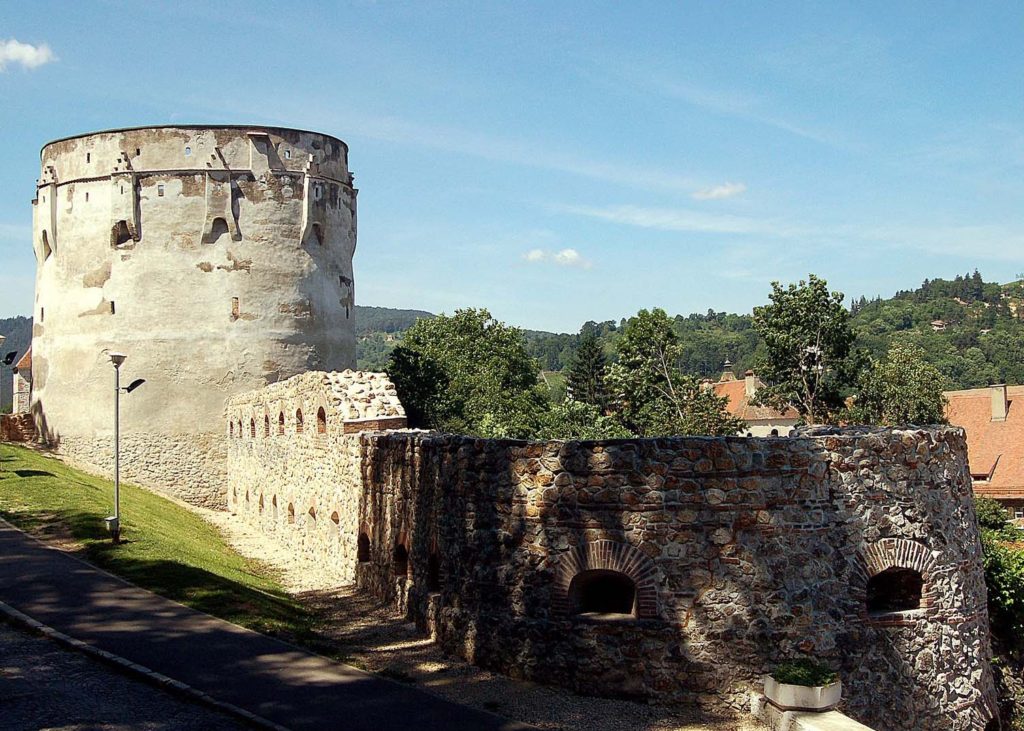
The Drapers’ Bastion was built by the goldsmith guild during 1450-1455. In 1640 that the weavers’ guild took over the bastion. The circle shaped fortress is 16 meters in diameter and 19 m high.
Transportation: Type: taxi, Duration: 10 min, Cost: 3 EUR
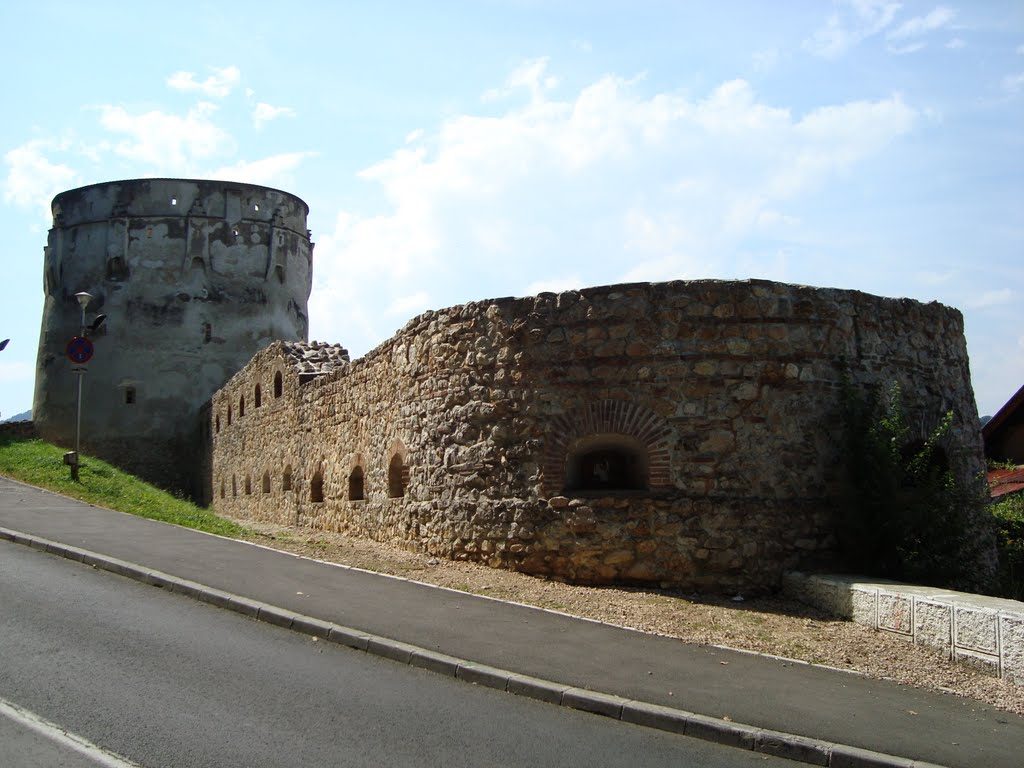
The Furriers’ Bastion was built around 1452 and the city assigned the furriers’ guild to its protection. The semi-circle shaped building faced the Drapers’ Bastion to which it was connected by a corridor on the outside wall.
Transportation: Type: taxi, Duration: 10 min, Cost: 3 EUR
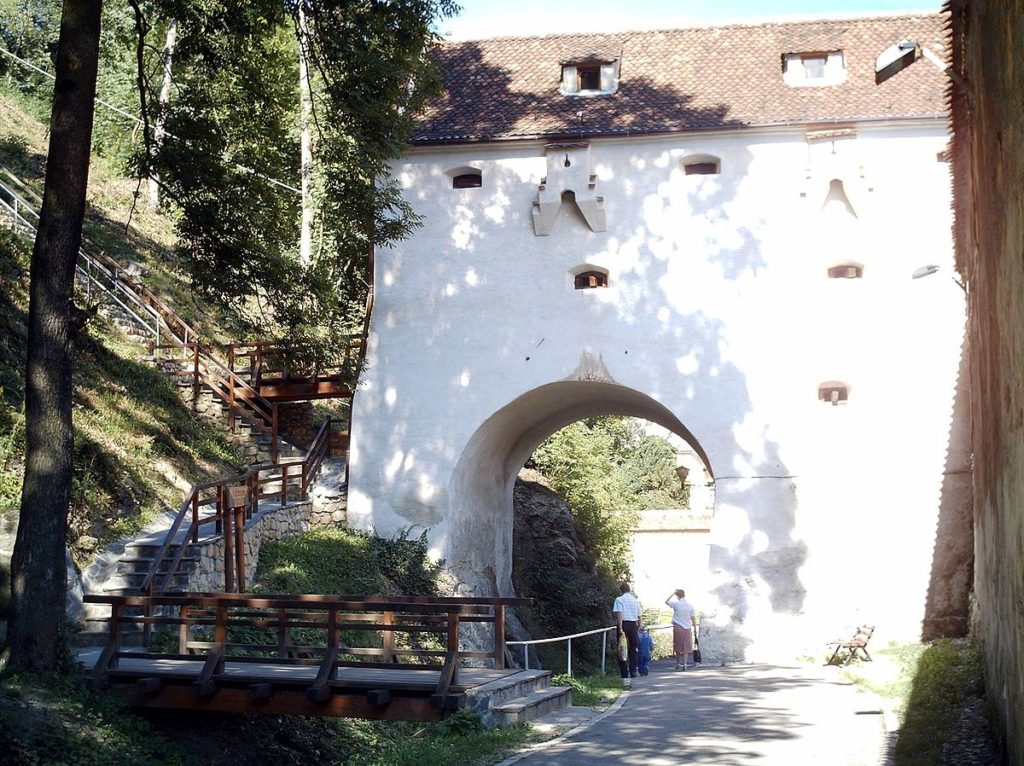
The bastion located on the bank of Graft breaks off the momotony of the surrounding wall. It was connected to the White Tower by a drawbridge. The two storey building, relying on the surrounding wall, was built bewteen 1515-1516, and was severely damaged in the 1809 storm. Two of these were demolished in 1902.
Transportation: Type: taxi, Duration: 10 min, Cost: 3 EUR
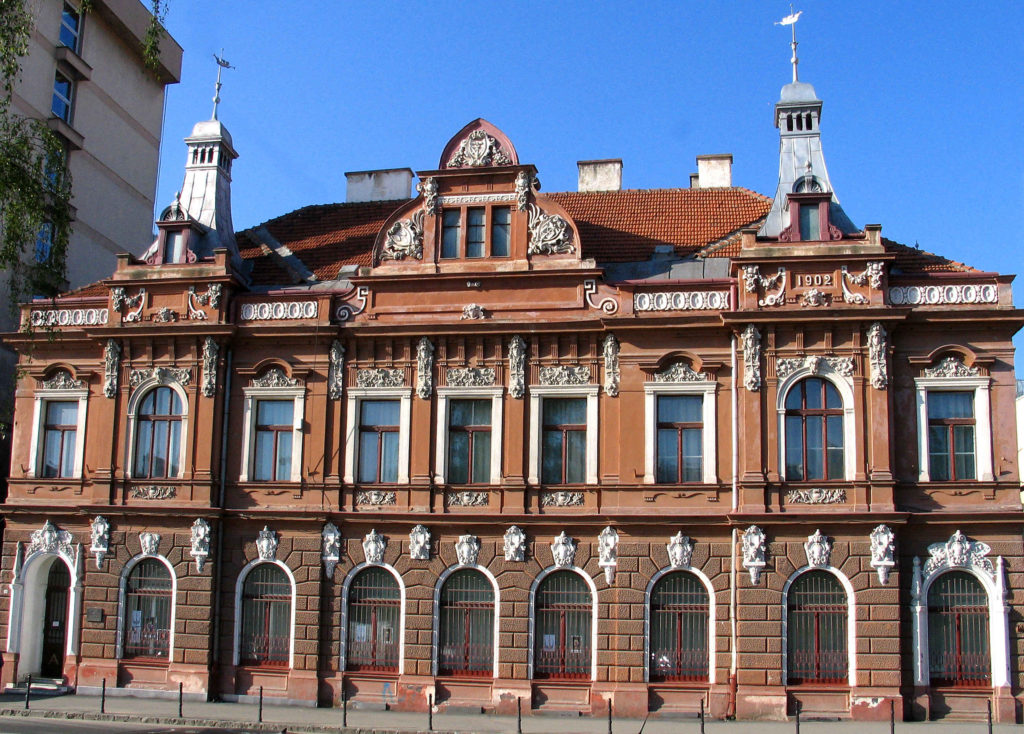
This beautiful house built at the beginning of the XX century houses the fine art museum. Its walls are covered by such famous XIX century painters like Gheorghe Tatarescu, Theodor Aman, Sava Hentia, Constantin Lecca, and Nicolae Grigorescu. The museum also exhibits wood and glass paintings. Ioan Andreescu’s work is exhibited in a collection of 36 paintings. There are also statues made by Cornel Medrea, Ion Jalea, Ion Irimescu and Dimitrie Paciureade.
Transportation: Type: taxi, Duration: 10 min, Cost: 3 EUR

The house built in 1545 has had several names during history like: Merchants’ House, Hirscher house. Nonetheless, it was the largest building in town and its 67.5 height represented the commercial power of the town.
Transportation: Type: taxi, Duration: 10 min, Cost: 3 EUR
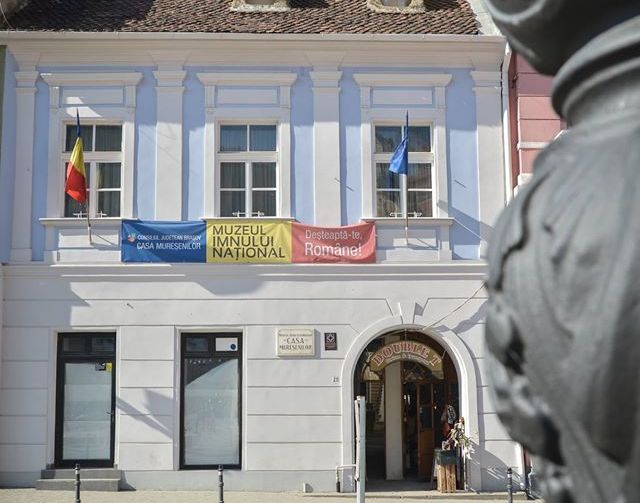
Inside the Muresenilor House, the place that used to be the editorial room of the Gazeta Transilvaniei newspaper published in 1838, functions as the Muresenilor memorial house since 1968. The manuscripts of the Muresianus are kept here as well as the letters written by those who worked for their newspaper. The documents related to the national anthem are also kept here, since, it was Andrei Muresanu who has written it.
Transportation: Type: taxi, Duration: 10 min, Cost: 3 EUR
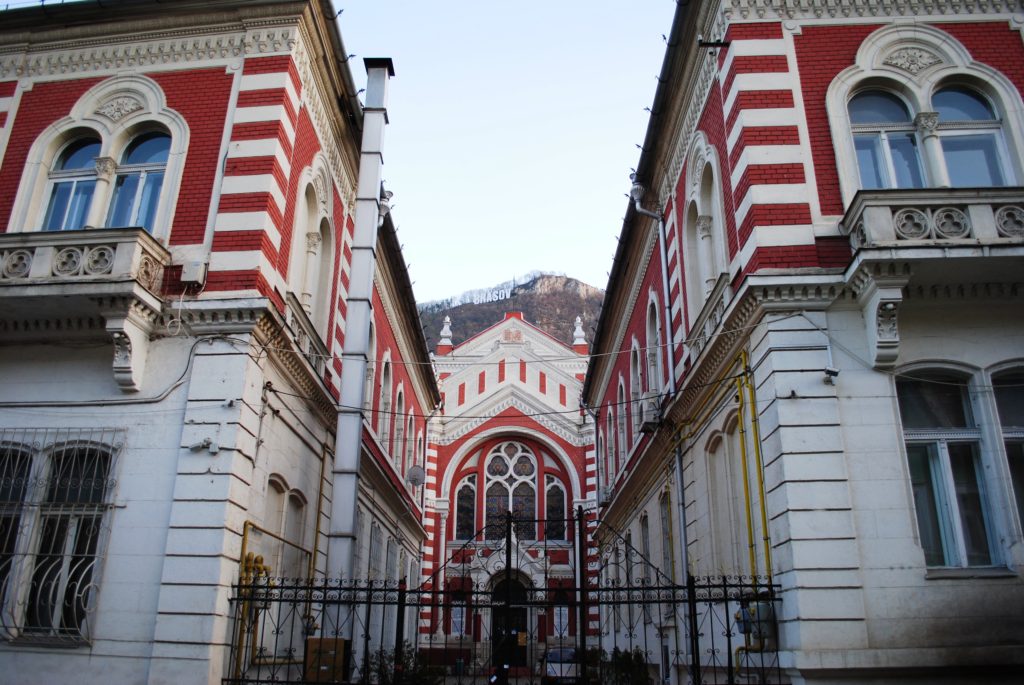
The first Jew families settled in Brasov in 1807 with the consent of the town council. They numbered 769 in 1890, while at the end of the last century there were around 6000 Jews. During WW the Jews were safe in Brasov, they were not sent to death camps, though many of them were despised, excluded from commercial life, children were banned from schools, and in 1941 the synagogue was robbed.
Transportation: Type: taxi, Duration: 10 min, Cost: 3 EUR
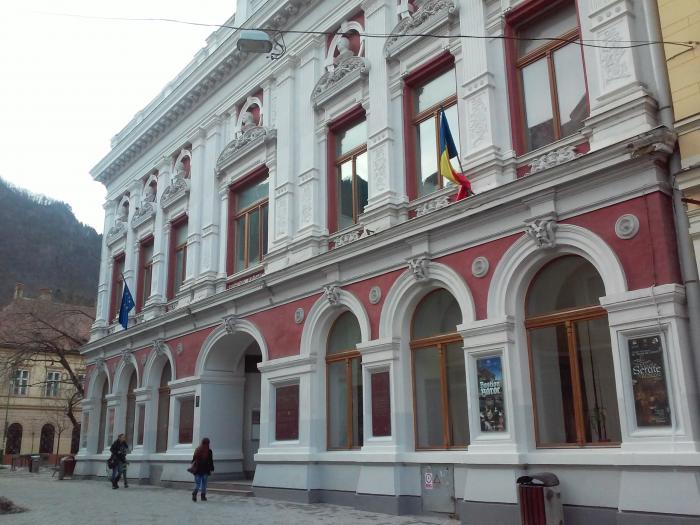
The old stone theatre, the Redut ?after the Viennese ballroom- was a magnet for entertainment as early as the XVIII century. The famous Tardini and Pascaly groups performed here between 1865 and 1868, having such audience as the great Romanian poet Mihai Eminescu.
Transportation: Type: taxi, Duration: 10 min, Cost: 3 EUR
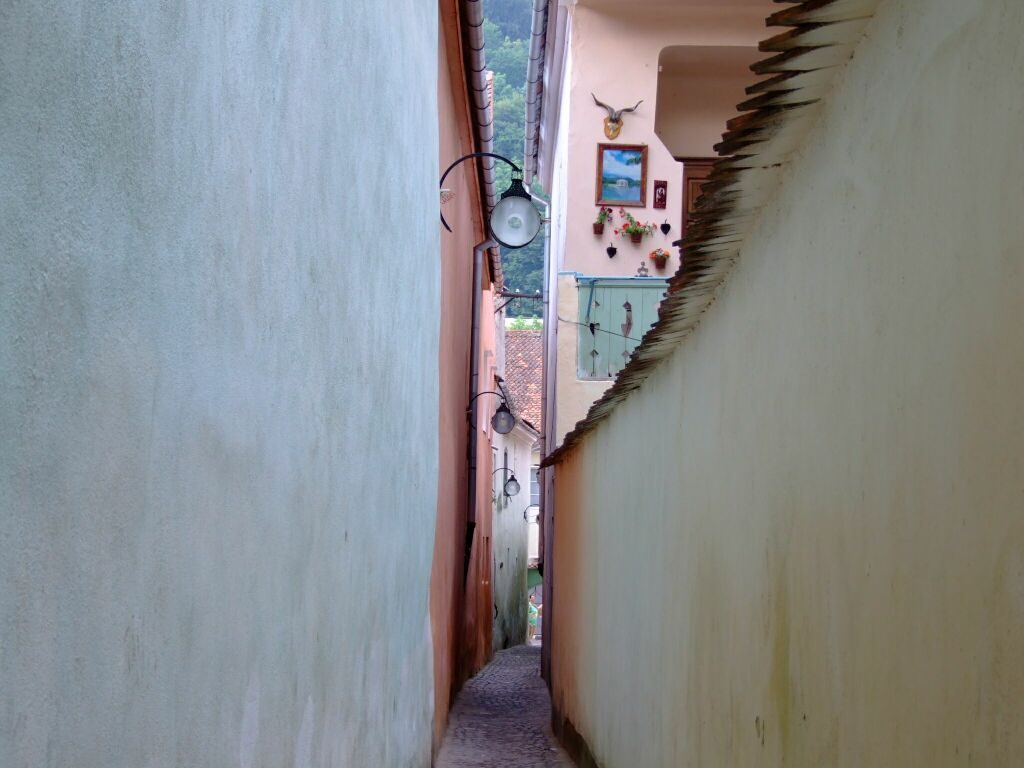
The alley between Cerbului-, and Poarta Schei Streets is already mentioned by documents dating from the XVIIth century as a street which aided the work of firefighters. More daring people even assert that this is the narrowest street in Europe. One thing is certain: with its 111 and 135 cm alternating width it is known as the narrowest street in town.
Transportation: Type: taxi, Duration: 10 min, Cost: 3 EUR
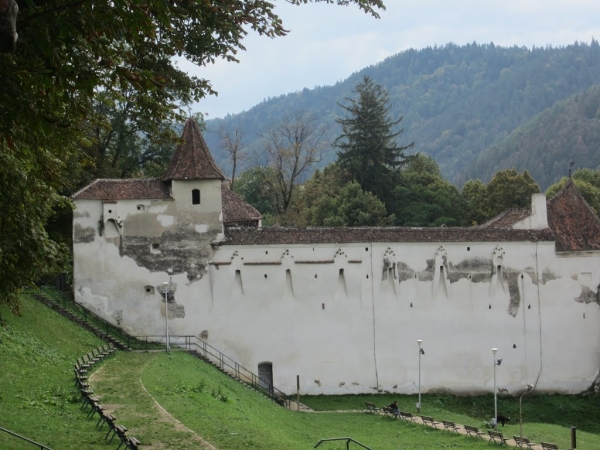
The Ropemakers’ Bastion, on record since 1416, was substantially damaged by the 1461- and 1689 fires, thus it needed reconstruction. The 2 m thick, stone and brick walls of the originally 10-12 m high hexagonal building fortified the southern side of the wall surrounding the city. After restoration the bastion was used for storage. In 1794 the guilt built a house inside the bastion. The apartments still stand today.
Transportation: Type: taxi, Duration: 10 min, Cost: 3 EUR

Saint Martin Church is one of Brasov’s oldest buildings. In 1395 King Zsigmond went to mass here. On one of the old doors the year 1522 can be seen, while the church bell has the following inscription: «Magister Andreas de brash, anno 1521».
Transportation: Type: taxi, Duration: 10 min, Cost: 3 EUR
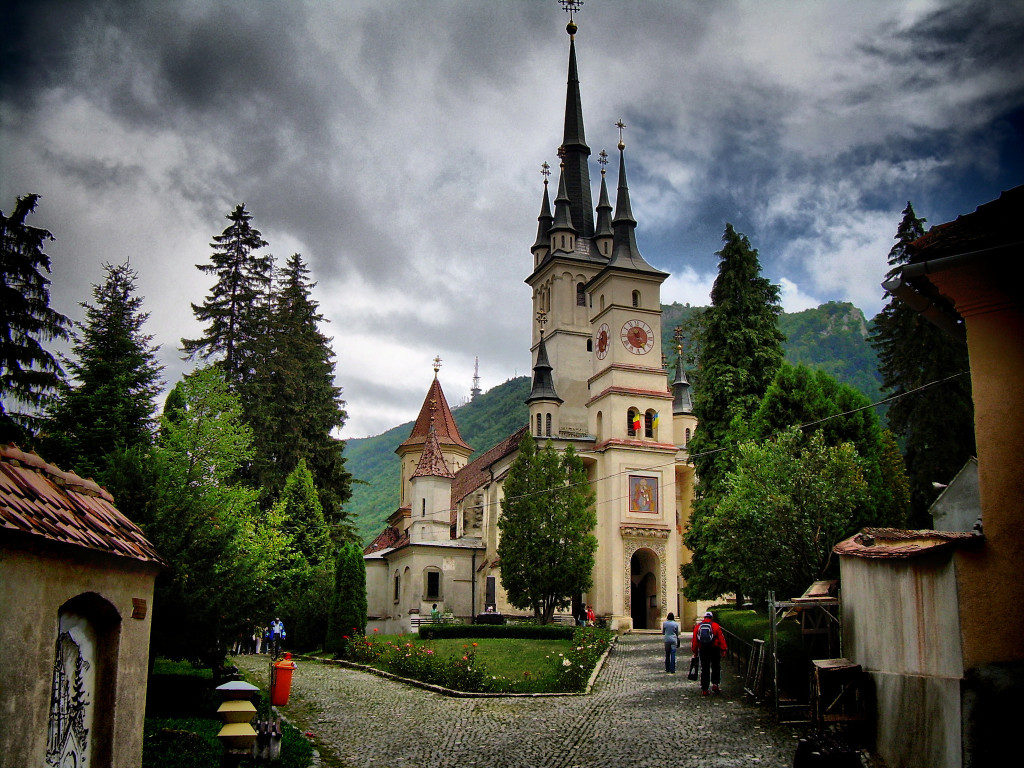
The building of the church in the Bolgárszeg suburb started in 1495 with the support of Vlad Calugaru, ruler of Muntenia. It was built on the place of an older church from 1292.
Transportation: Type: taxi, Duration: 10 min, Cost: 3 EUR
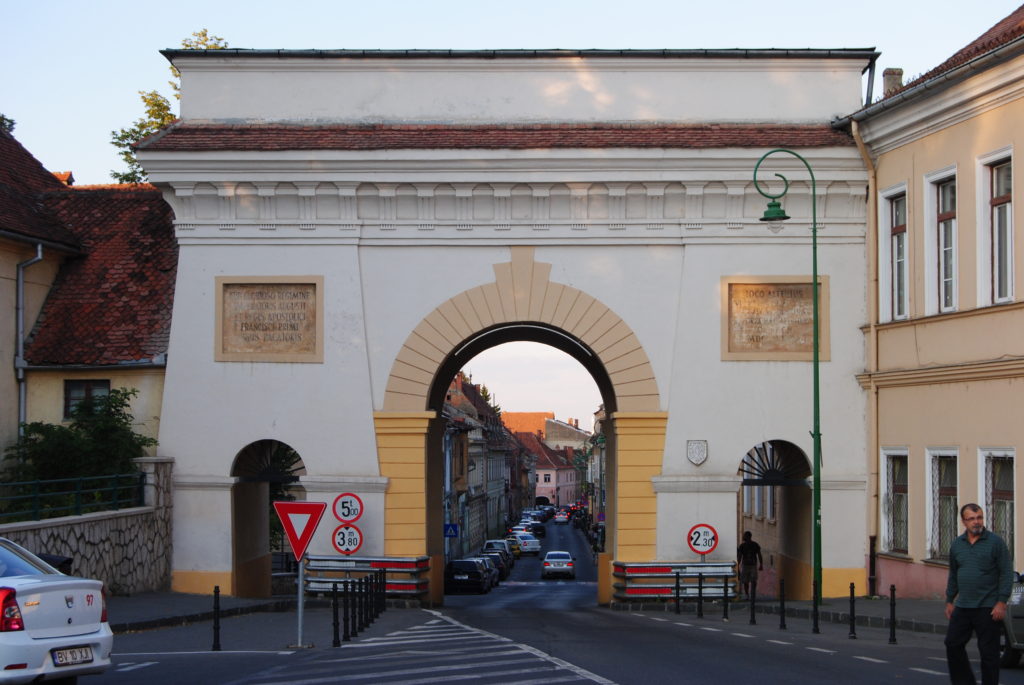
Schei Gate is right next to Ecaterina’s Gate and was built in between 1827 and 1828 in order to let through heightened traffic. Ecaterina’s Gate was built up then and since then used as storage. The stone and brick gate built in classical style has three openings. The middle arch, shaped for traffic, is larger, and on its both sides there are two smaller and lower openings for pedestrians.
Transportation: Type: taxi, Duration: 10 min, Cost: 3 EUR
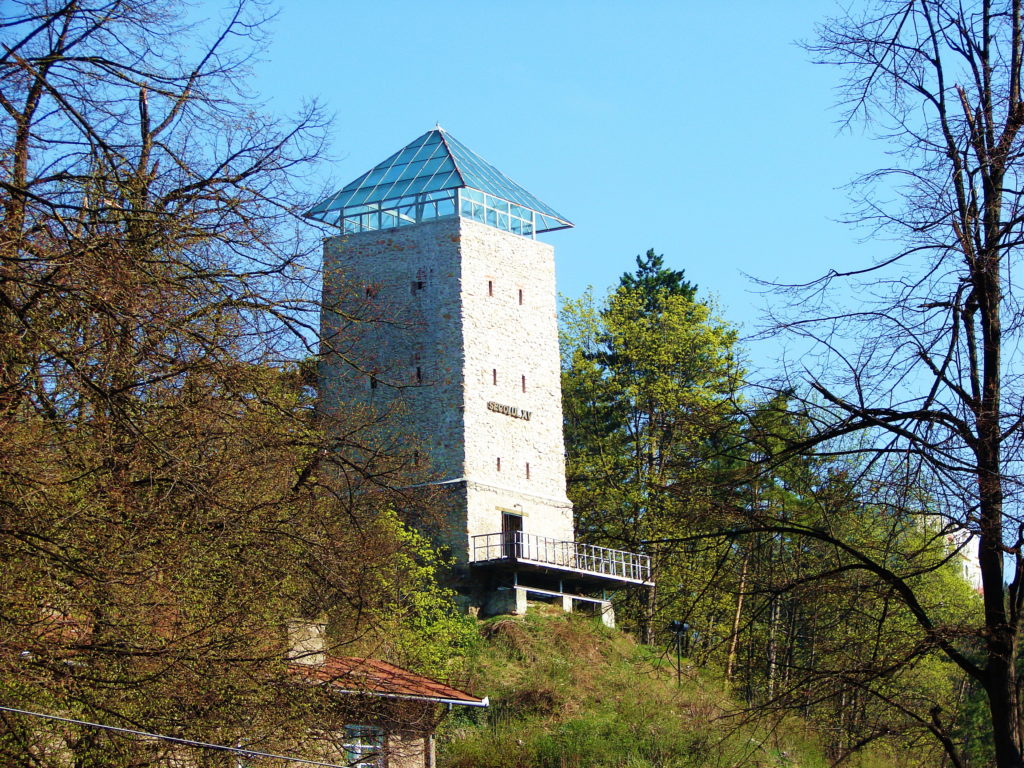
The Black Tower is an 11 meter high massive tower with a glass roof constructed in 1995. It was built in the XIVth century and survived two fires caused by lightning. After the first fire (1599) the tower was named The Black Tower.
Transportation: Type: taxi, Duration: 10 min, Cost: 3 EUR
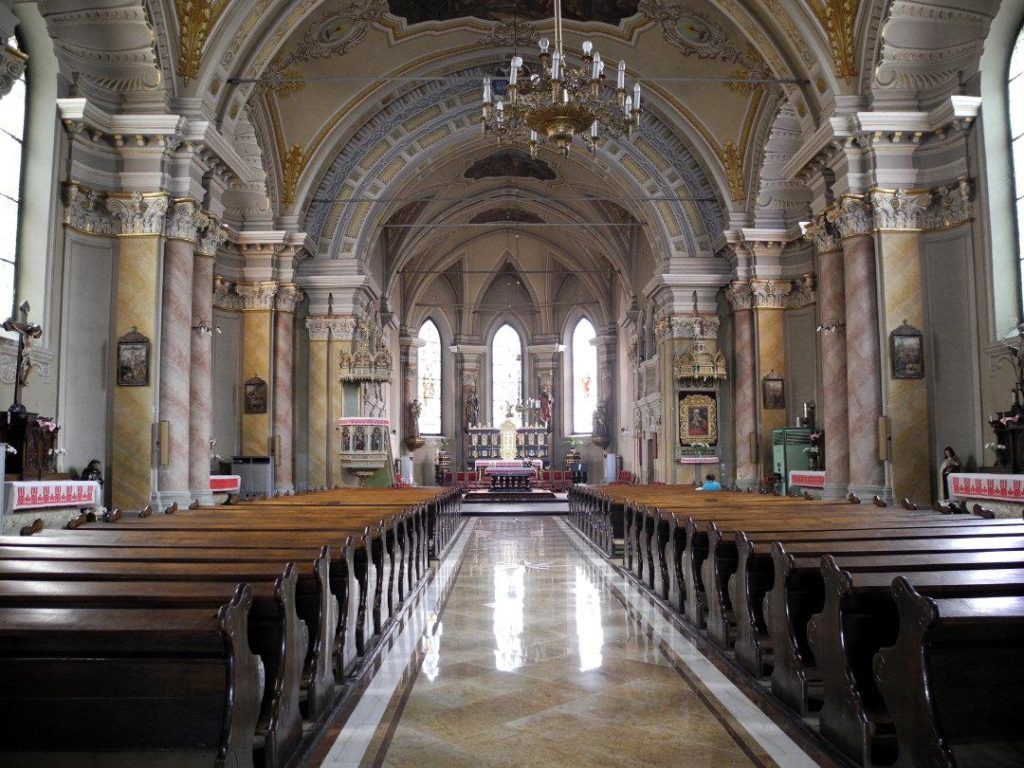
The only baroque monument in town was built betwen 1773-1787 with the aid of empress Maria Theresa, in the place of the cherubic monastery, following the plans of József Károly Lamanch. The main altar is carved and gilded, the six side altars are also adorned with statues and paintings.
Transportation: Type: taxi, Duration: 10 min, Cost: 3 EUR
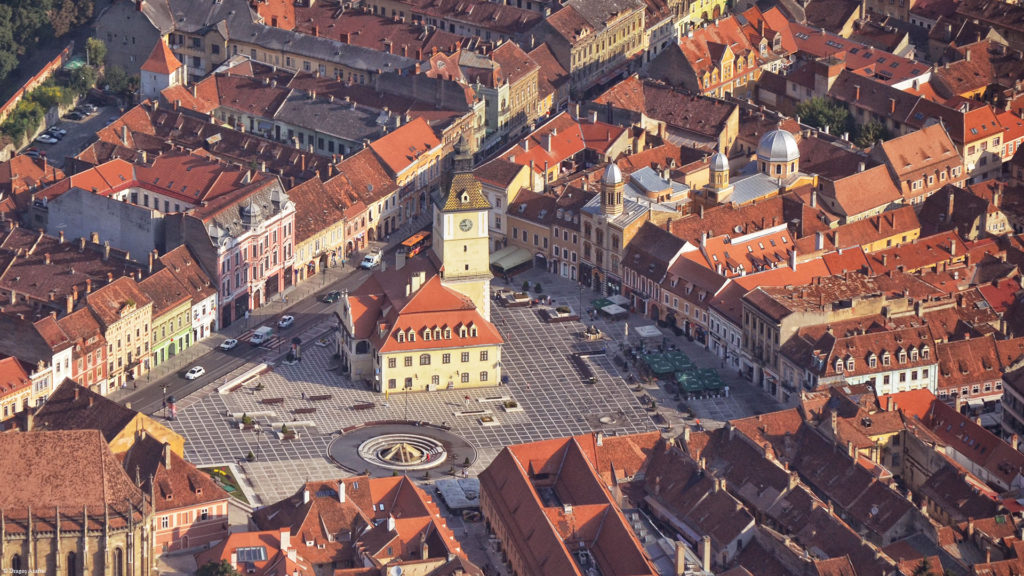
The former Markplatz square obtained its right to held markets in 1520, but it has been the place for annual markets since 1364 being visited by merchants from the country and abroad. The houses surrounding the square speak of a rich history.
Transportation: Type: taxi, Duration: 10 min, Cost: 3 EUR
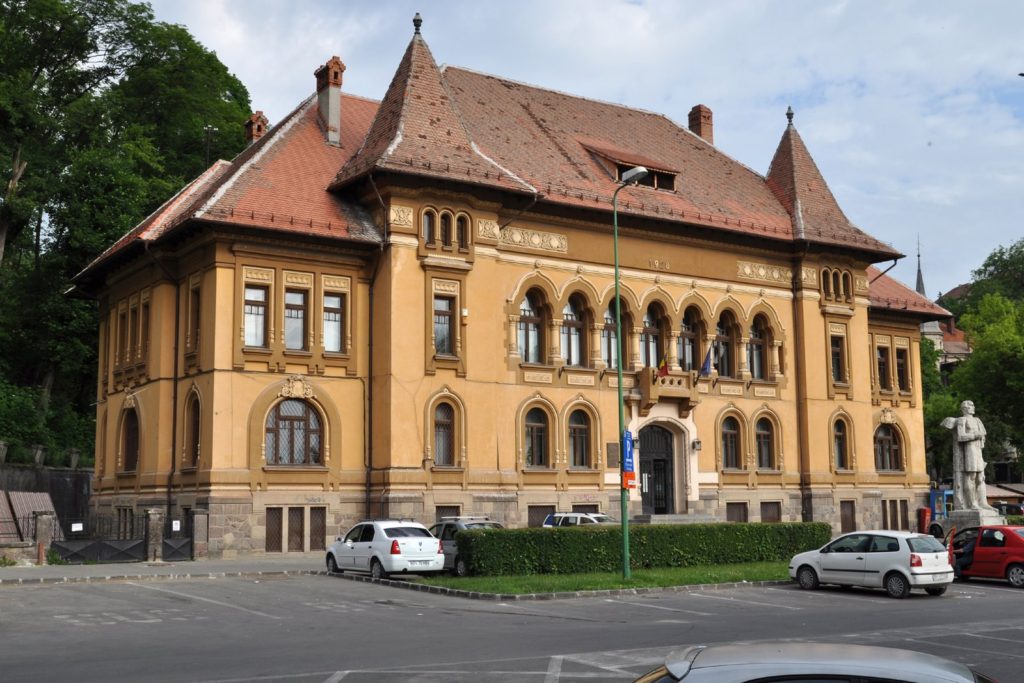
First it was the library of the Evangelical church that was transformed into public library. The town bought books as early as 1533. Janus Honter played an important role in developing the library, he also made the operation rules.
Transportation: Type: taxi, Duration: 10 min, Cost: 3 EUR
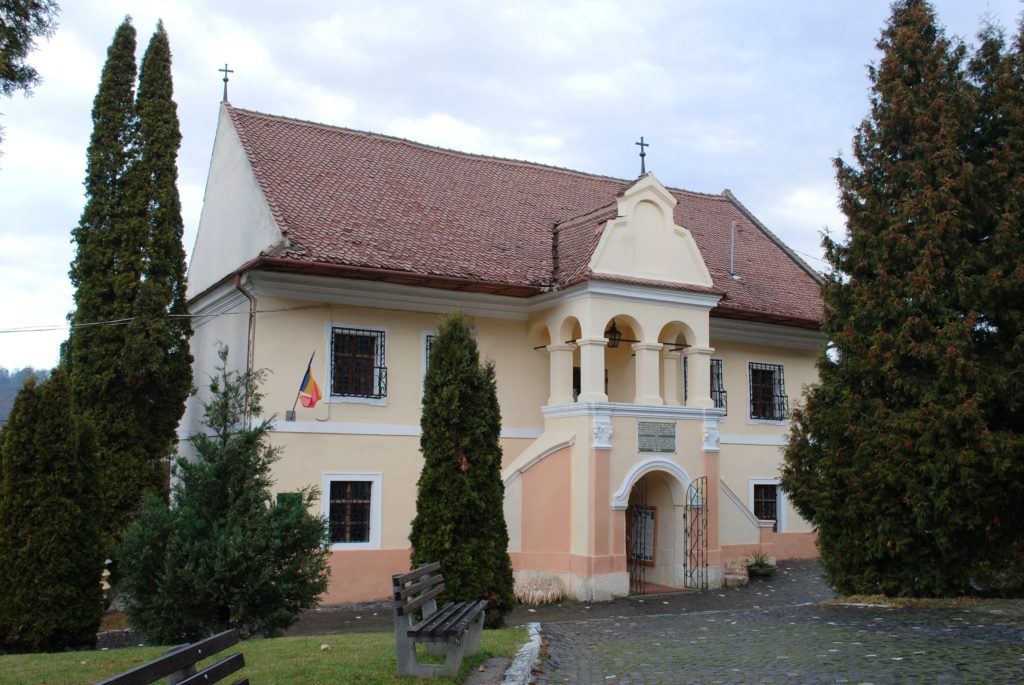
The opening of the first Romanian school in 1495 was an outstanding event. Each village chose one child who came to learn here, in order to become a teacher, notary or priest.
Transportation: Type: taxi, Duration: 10 min, Cost: 3 EUR
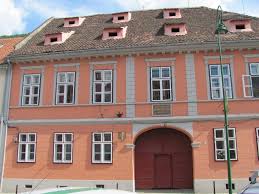
In 1498 the great Saxon humanitarian Johannes Honterus was born in the house on nr 40 Nicolae Balcescu street. The son of a Black street furrier- this is how the furriers’ street was called- became the most known person in the middle age town. The designer of the first map of Transylvania, the author of The Latin Language and Portrayal of the World, the founder of the first press and higher education school in Brasov, as well as of the first paper mill in Romania, studied in Austria and Germany.
Transportation: Type: taxi, Duration: 10 min, Cost: 3 EUR
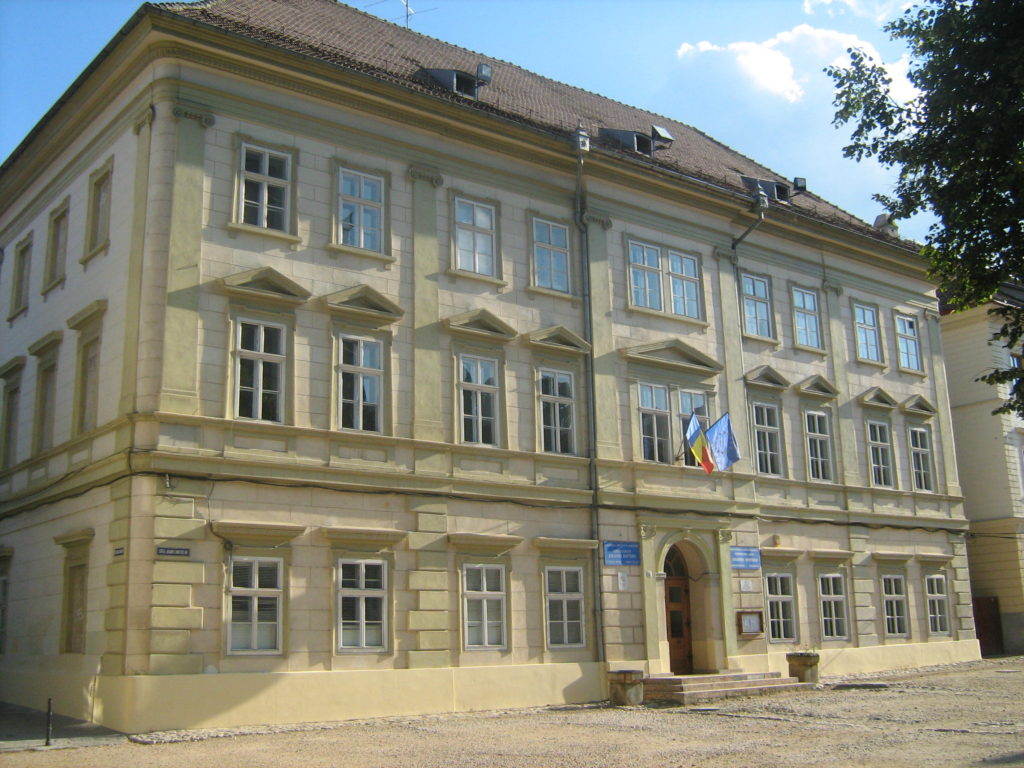
The Honterus School was the first such tution the activity of which was governed by school regulations. The regulations were written by Johanes Honterus. The teachers of the school built in 1541, as well as its pupils came from the country and from abroad.
Transportation: Type: taxi, Duration: 10 min, Cost: 3 EUR
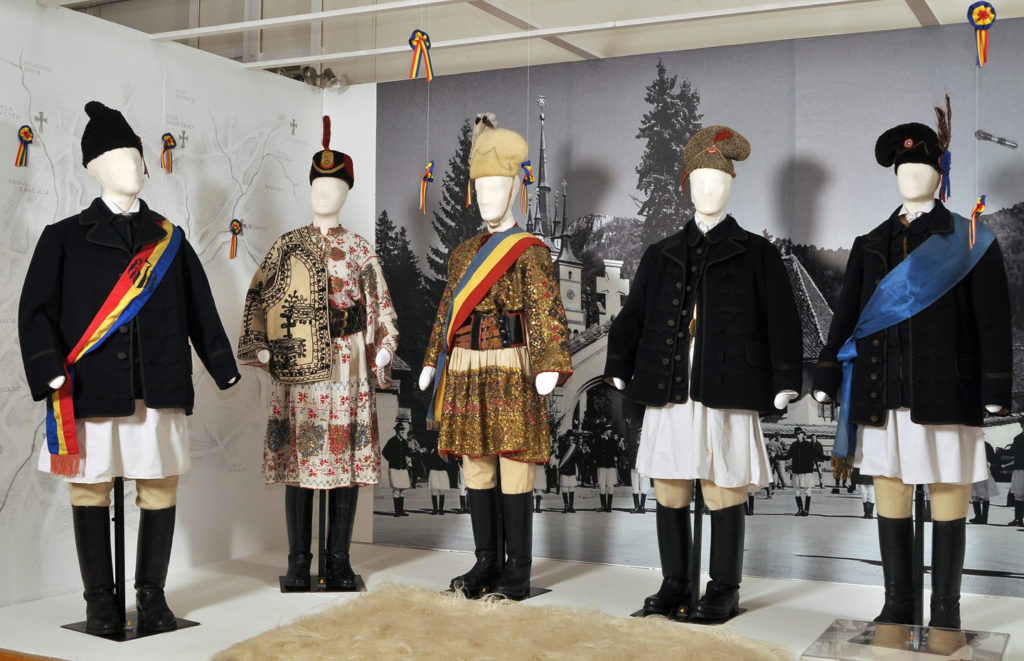
The building which houses the folk museum was completed in 1902. Valuable pottery, glass, folk wear, textile, painted eggs, a collection of paintings about saints made on glass, metal or bone result in a 13600 piece exhibition. The artifacts are form the XVII-XX centuries from Bran, Bârsa, Rupea and Olt valley. The exhibition presenting the textiles tracks down the development of the industry from the handmade objects to the mechanized production.
Transportation: Type: taxi, Duration: 10 min, Cost: 3 EUR
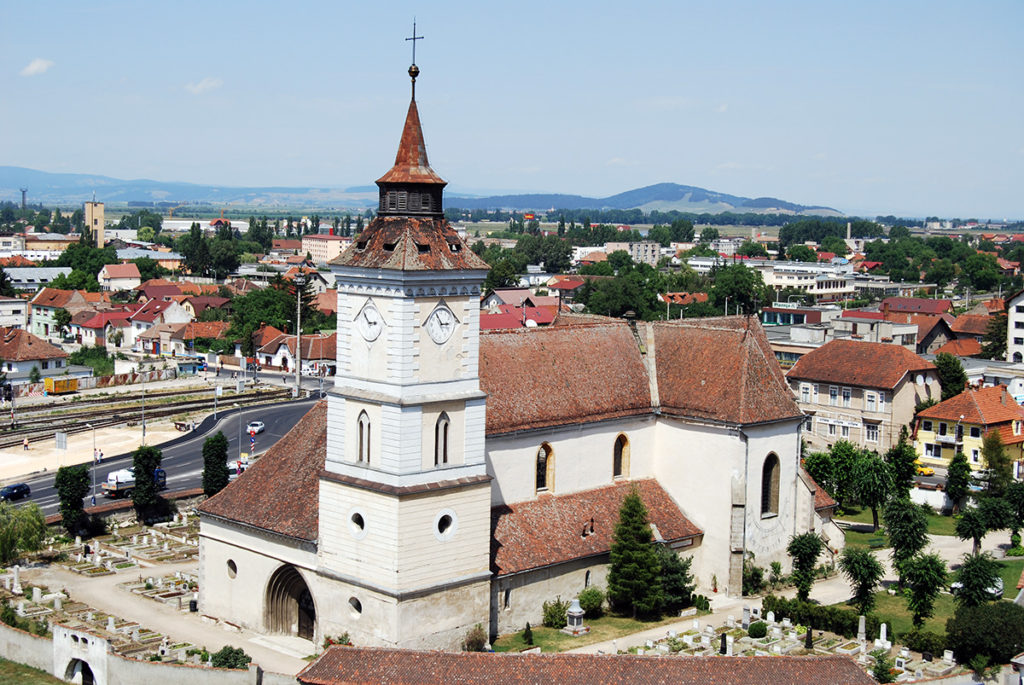
The St Bartholomew Evangelical Church is the oldest building in Brasov. Built in the 13th century its folk name was ‘the maiden’ due to a belief that the church was built at the initiative of three maidens who after their death left their entire possessions to the church.
Transportation: Type: taxi, Duration: 10 min, Cost: 3 EUR
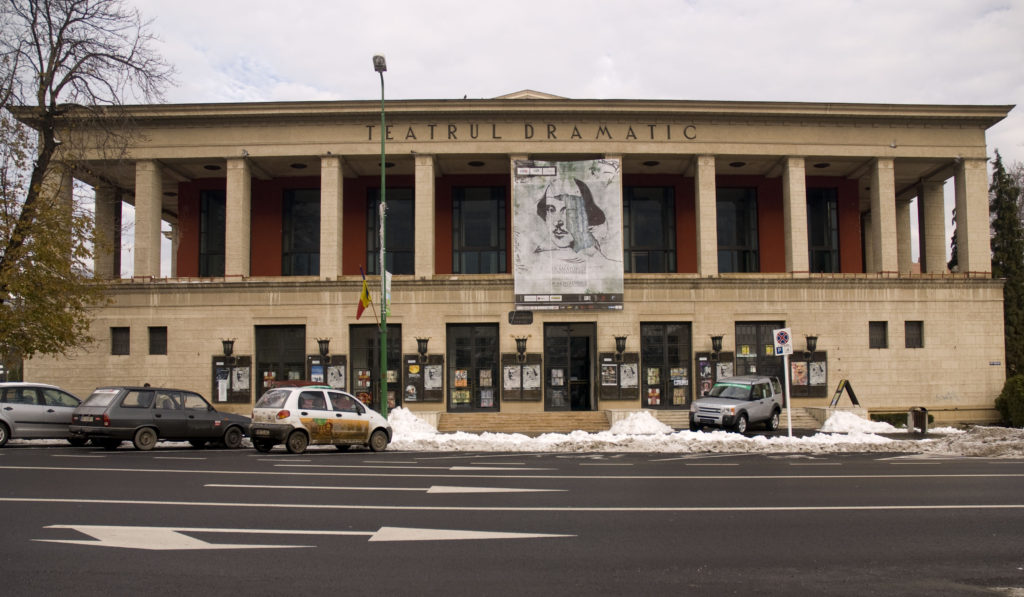
The first plays performed in town were staged by the Dominican order in 1500. In 1542 János Honterus implemented plays in the evangelical schools.
Transportation: Type: taxi, Duration: 10 min, Cost: 3 EUR
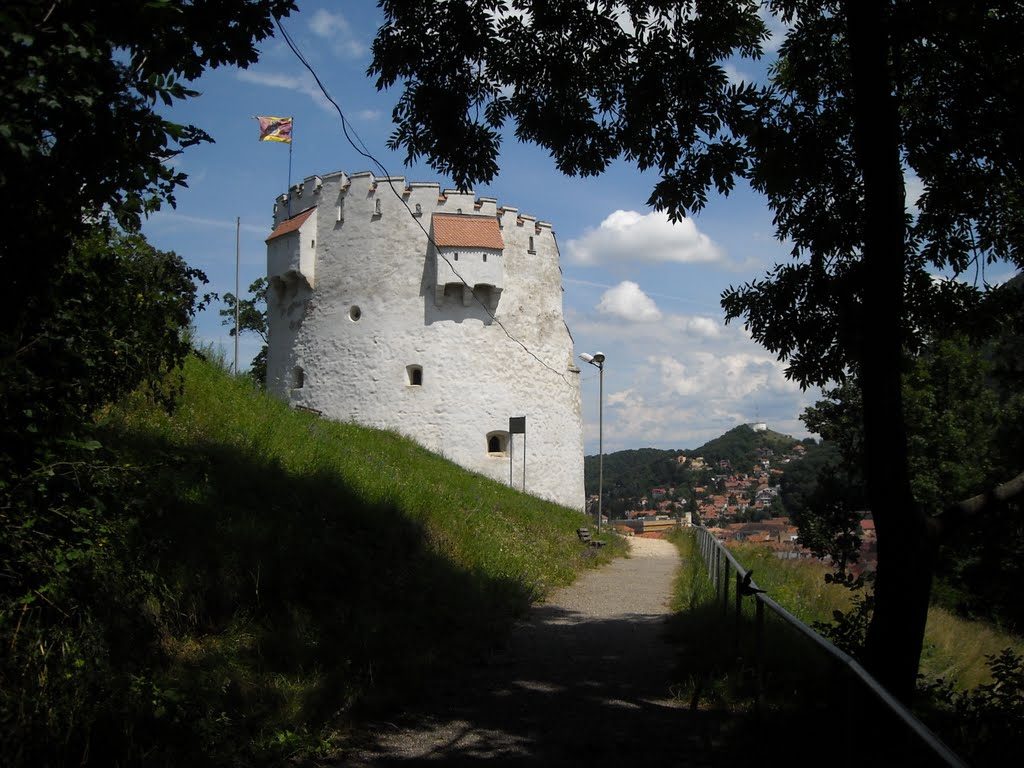
The White Tower was built in 1494 on top of a rock. Its straight side closing a semicircle faces the city. The tower has 5 stories and its height ranges between 18-20 meters, depending on the grounds it is built on.
Transportation: Type: taxi, Duration: 10 min, Cost: 3 EUR
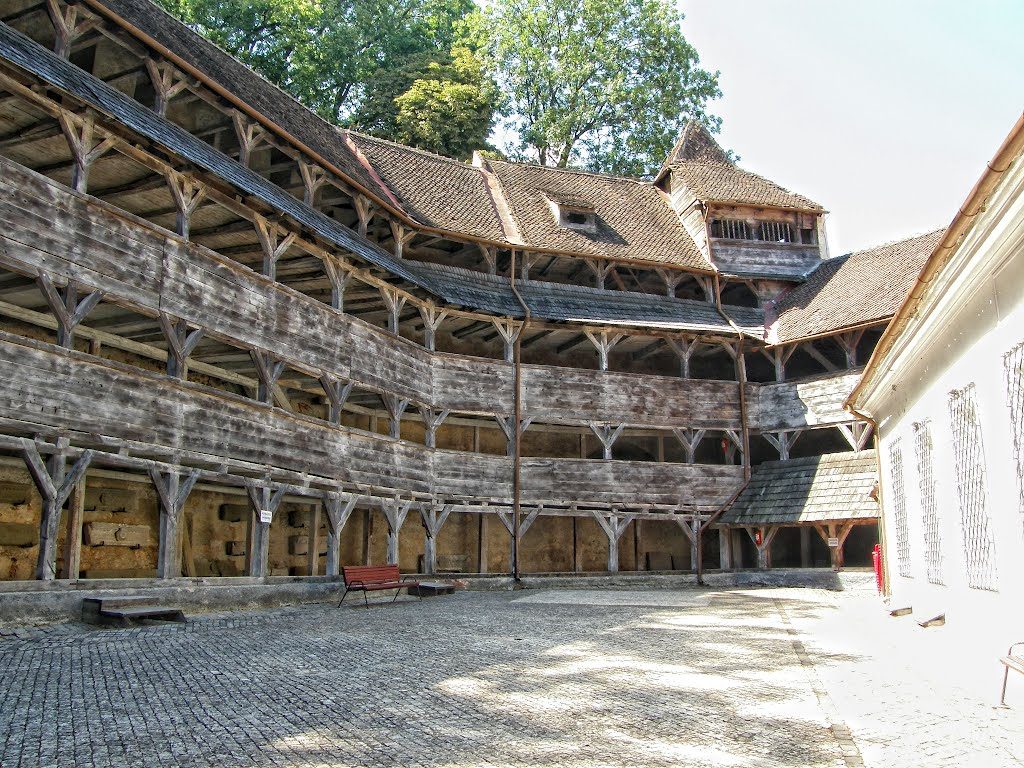
The bastion was built in two phases between 1421-1436 and 1570-1573. Part of it collapsed in 1701, thus it was reconstructed in 1750 and restored in 1910. The hexagon shaped building occupies 1.616 sq.metres and its thick (1.5-3m ) battered walls also have loopholes for pouring tar.
Transportation: Type: taxi, Duration: 10 min, Cost: 3 EUR


